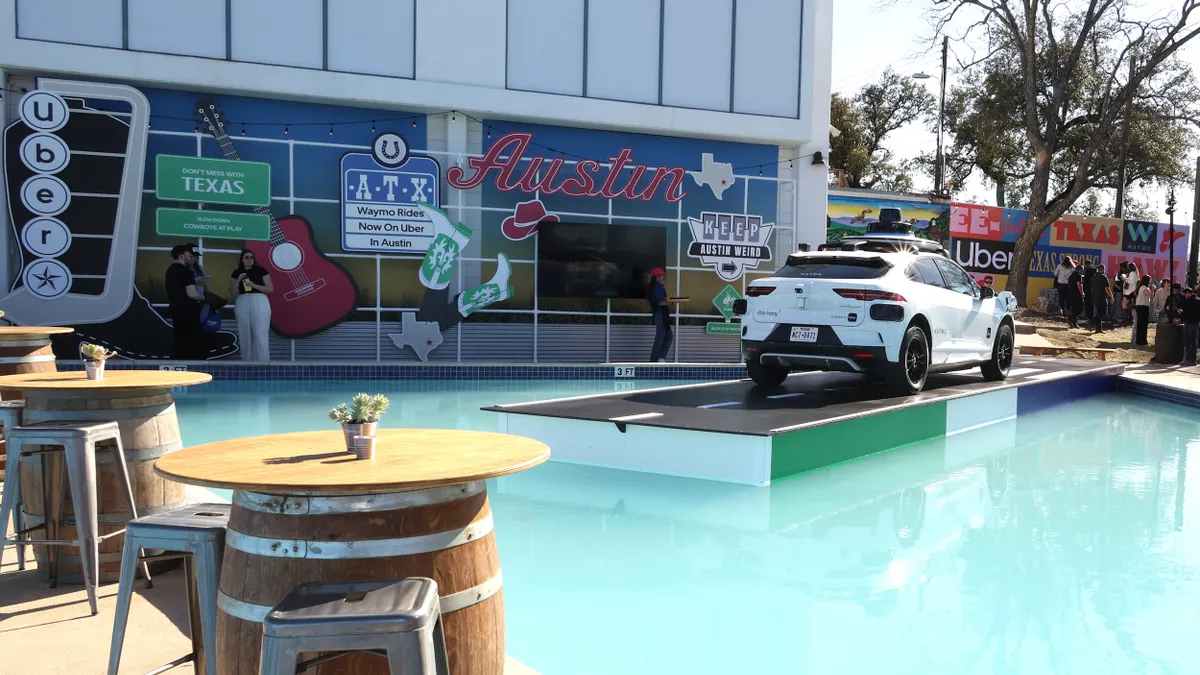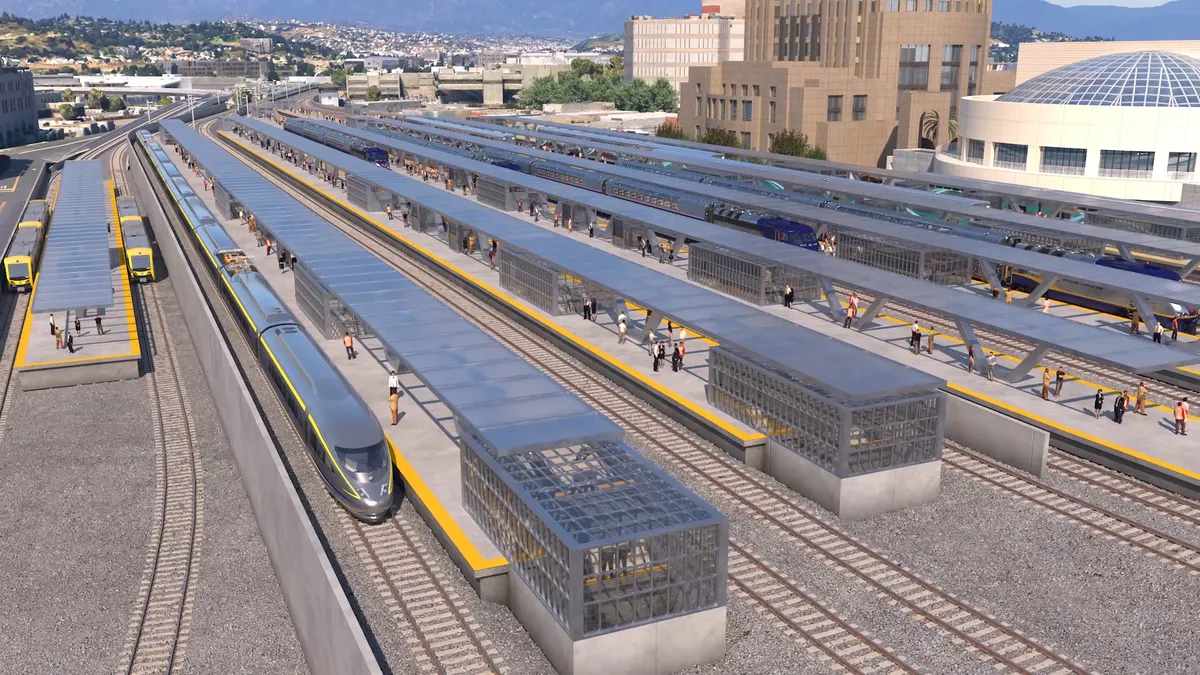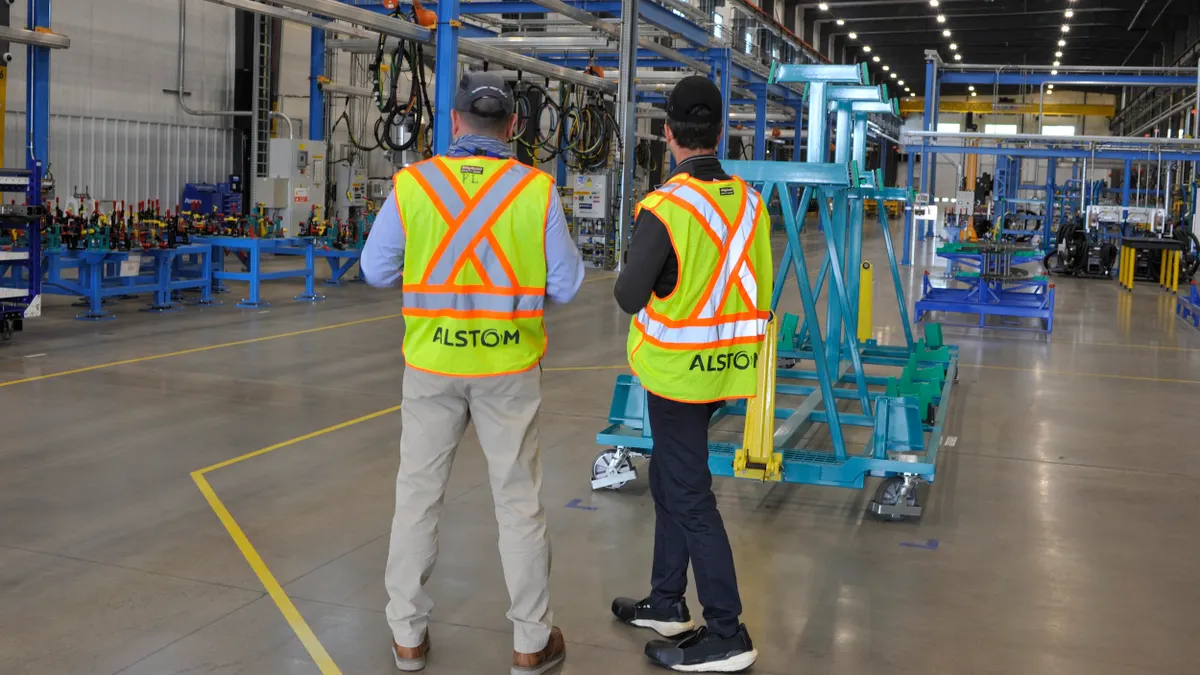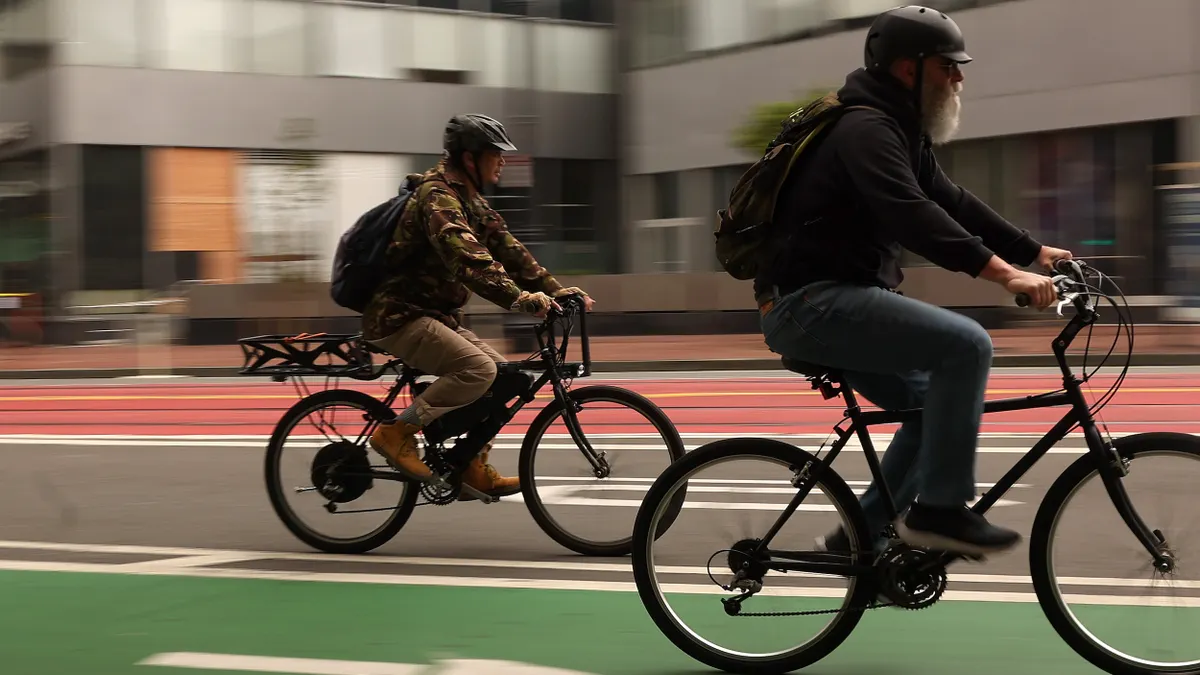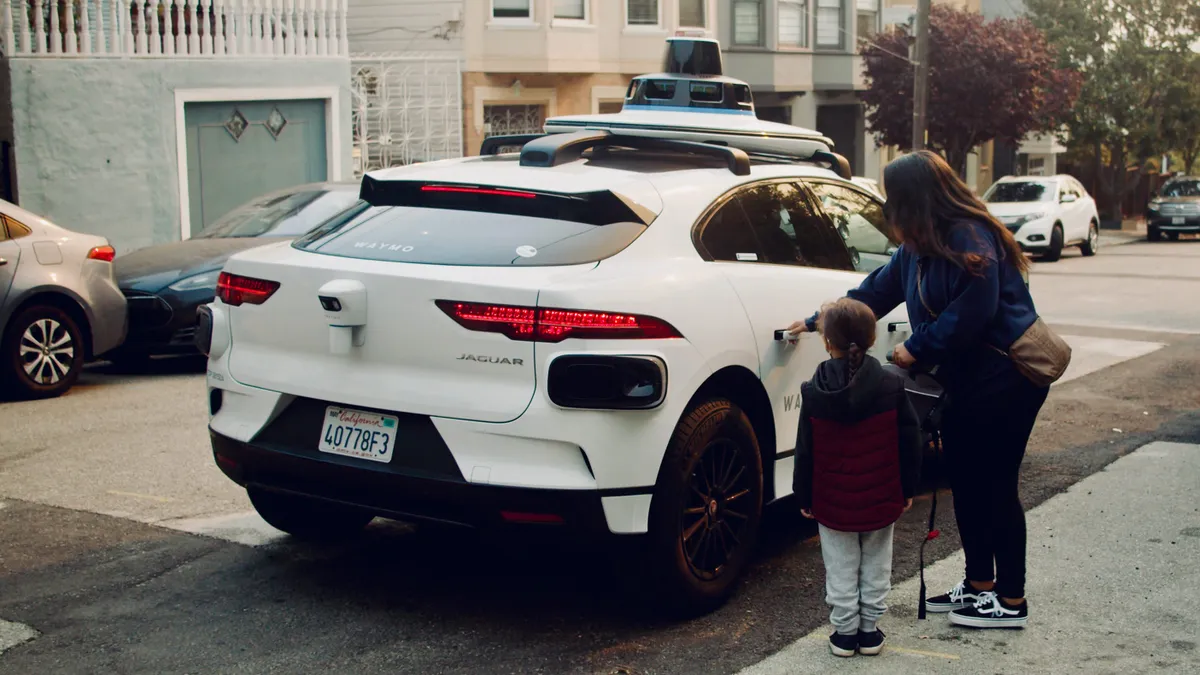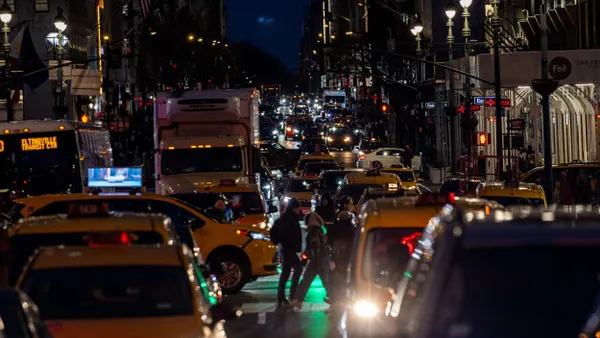Editor's Note: The following is a guest post from Johan Herrlin, CEO of ITO World.
Data is transforming the way we move around cities, from family car journeys to the daily commute. Gone are the days when traveling from A to B meant remembering your map and having to ask for directions at regular intervals.
If you were trying to navigate New York City or London as a tourist a mere decade ago, it required interpreting unfamiliar transport networks in two of the world's largest cities. You had to figure out all the different modes and timetables available to you before heading out, with dubious insight into how long the journey would actually take.
How far we’ve come in such a short time! Nowadays, that level of inconvenience seems almost unthinkable. There’s no need to blow the cobwebs off your travel map or wait hours for a bus to arrive. Transit data is being used by transport authorities, mapping platforms and third-party applications to help people navigate cities around the world, allowing them to get to their destination in the quickest and most convenient way possible.
Apps like Citymapper make big cities easily accessible for first-time visitors; open data initiatives, like the one by Uber Movement, provide traffic and mobility insights for urban planning; and traffic lights can now track late-running buses — so not only do you know down to the minute when your bus will arrive, data is helping make sure it’s not late in the first place.
All of the above is causing behavior on the ground and traveling habits to change too. People are using more public transportation options they might not have felt comfortable navigating before, as more information about them becomes available. They’re also increasingly relying on shared and on-demand services, made viable because of data.
We’re seeing a global emergence of bike and ride-sharing schemes, mobility companies adopting predictive analytics and journey planning improvements. We’re smack dab in the middle of a transport revolution as data continues to evolve and companies learn how best to harness it, but what does the future of day-to-day urban transport hold?
A MaaS transition
Today’s hot topics in urban mobility are flying taxis and driverless cars, but the real revolution, the one that will most immediately change the way the everyday person travels, is happening on a smaller scale. For a long time, cars have been the primary method of transport, especially for those living outside of big urban centers. For someone living an hour away from the nearest city, where the only method of public transport is a bus service that operates on an hourly basis, the default method of transport is naturally by car.
But in the future, Mobility as a Service (MaaS) could be the answer instead. MaaS is the idea that we’re moving away from privately owned modes of transportation and towards consuming transportation solutions as a service. This will mean integrating public and private transit providers across multiple modes of transportation, and providing a single-access interface or app for managing trips.
So in the case of our car-owner described above, a ride-sharing service could drop them off at a train to take them into the city, where they could hop on a bike for the last leg of the journey. With the help of a MaaS platform to manage the trip, the whole thing would be seamless, and the traveler wouldn’t need any additional apps to pay for the various modes of transport taken either. MaaS could solve today’s issues of traffic and congestion by changing the way people and goods travel, but it can only truly be realized through access to high-quality, real-time transit data that seamlessly reflects the customer experience.
We are yet to see MaaS applied at scale to multiple cities in countries across the world, but we’re starting to see the concept in places. Some transport authorities have partnered with ride-hailing providers to target the "last mile" problem in European cities like London, while MaaS experiments with various private sector partners have happened on a trial basis in Gothenburg, Helsinki and recently in the UK's West Midlands.
In the meantime, while easy access to increasing transport options will change people’s behaviors, public transport services are at risk of being marginalized to non-profitable routes while private operators take the busy, popular thoroughfares — something we should seek to avoid.
Share and share alike
Considering the wealth of data we have in existence from both private and public transit providers, we are in a position today to make MaaS a reality. However, sharing is definitely caring in this case. Open data is crucial to realizing the concept on a wider scale.
Overall, a lack of sharing knowledge is a global issue, in the transport sector and out. There is still resistance from governments and organizations to share certain types of data with the public, and there is worry about the risks relating to costs, privacy and security that might come into play as a result.
Some countries are more proactive about this than others. In the US, you have a culture of transparency around taxpayer funds, meaning that if they are used to collect data, that data should be open to the public. Similarly, mobility service providers that receive public funding in Helsinki, Finland, must make their data open and accessible.
Inevitably, public and private mobility providers vary in their data-sharing incentives. For private providers who have invested significant resources in mining data to predict demands and set real-time pricing, there has been the fear of losing their main strategic asset.
Recently though, we are seeing a move towards more data openness in the transport sector specifically, as more and more providers realize that open data can have an overwhelmingly positive ROI — especially in the transport sector, which has such inherently complicated systems.
As mentioned above, Uber has decided to open up the anonymised data of its London trips. Earlier this year, a number of private transportation companies signed a ‘shared mobility pledge’ outlining a set of principles to make cities more livable and sustainable as technology develops, one of which includes aiming for ‘public benefits via open data.’
The quality of the data is of course equally important. If the data used in a MaaS application doesn't match with the real world, the entire premise falls apart. We must focus on transforming operational data published by cities and authorities into high-quality, human navigable information. What apps deliver to the end user is the same as what the person sees at the bus stop, train station, or bike sharing dock. Stated another way, if a MaaS app used the available open data without modification, they would have over many thousands of opportunities to create a bad user experience with misleading data.
Looking forward
The tide is turning and the transport industry is increasingly savvy to the crucial need for accurate data. For the public to truly trust MaaS, they first need to feel confidence in public transport, and in their ability to choose the optimal mode and route at any given time from the information available to them.
We’re already seeing the economic benefits of open data initiatives — agencies and operators are extending their reach, app developers are building products tailored to market demand and innovation is being driven, improving the industry as a whole. Let’s continue mobilizing data to keep people moving — so we’re not left asking for directions after the bus pulls away.





